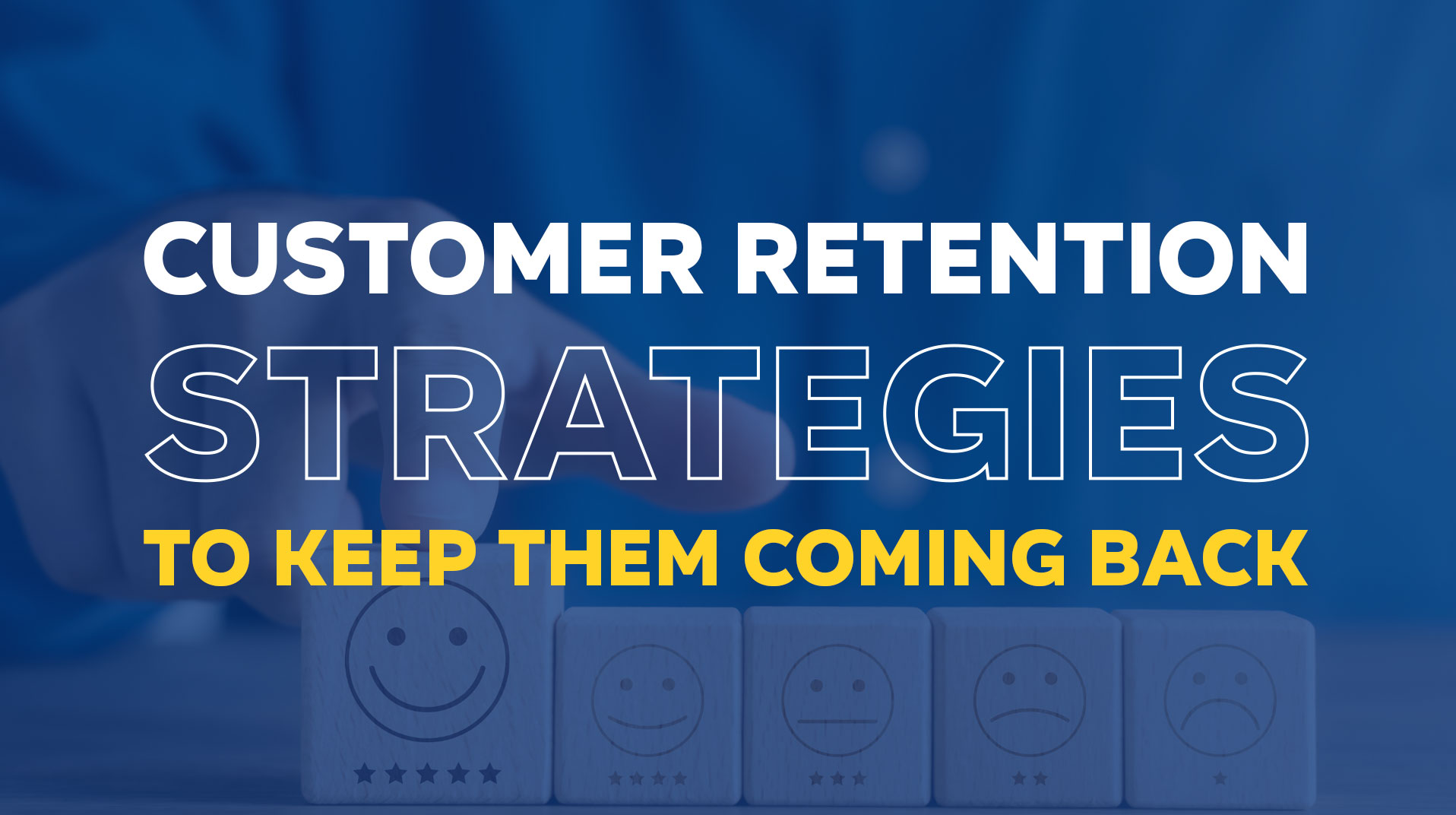
Businesses rely on the financial support of their customers, making customer retention essential. Retaining customers requires a variety of strategic choices. Whether by being accessible or offering incentives for loyalty, businesses achieve the best results by connecting with customers in diverse ways, addressing their needs and desires. Below is a list of ten proven customer retention strategies.
1. Investing in SEO

Search engine optimisation (SEO) not only helps attract new customers but also plays a significant role in customer retention. By optimising for relevant keywords, a business ensures that existing customers can easily find them whenever they search for related services. For instance, a construction company in Essex can hire construction marketing agency and could optimise its website for terms like “home extensions in Essex” or “Essex construction services.” This makes the business appear prominently in search results whenever a returning customer looks for additional services or even just rechecks details.
Moreover, SEO builds trust. When a company consistently appears at the top of search results, customers associate it with authority and reliability in that field. Returning customers are likely to feel confident they’re choosing a reputable service provider, especially when they see familiar blog content, service pages, or helpful guides on topics related to their past projects.
2. Personalisation
When customers feel that products or services are tailored to their specific needs, they are more likely to stay loyal. Creating a personalised experience, such as using questionnaires to understand individual preferences, demonstrates a genuine commitment to the customer experience. This approach fosters brand loyalty and long-term customer retention.
3. Offering Regular Coupons and Discounts

Everyone loves a discount, and providing regular promotional material keeps customers engaged. For example, brands like SafeOpt use platforms to offer exclusive promotions to members. Periodic coupons—sent weekly or fortnightly—can keep customers excited and returning to explore new deals.
4. Providing Excellent Customer Service
Good customer service forms the cornerstone of customer loyalty. Each interaction should be respectful and helpful, creating a positive experience that leaves customers feeling heard and valued. A reliable customer service system strengthens trust in the brand, encouraging repeat business.
5. Loyalty Programme and Customer Feedback

Loyalty programmes encourage repeat purchases by allowing customers to earn points toward future discounts or rewards. The sense of accomplishment from accumulating points can be highly appealing, motivating customers to make additional purchases with your company.
Mistakes happen, but a business that listens to customer feedback and evolves in response builds credibility. When customers see that their suggestions are implemented, it shows that their voices matter, increasing the likelihood that they’ll return.
6. Engaging with Customers on Social Media
An online presence is vital for customer interaction. Through social media, businesses become part of their customers’ daily lives, with posts appearing alongside personal updates. A strong social media strategy encourages customers to see the brand as an approachable, trusted online friend.
7. Creating Quality and Entertaining Content
High-quality, engaging content on social media and email keeps customers interested. By posting regularly and aligning with current trends, businesses can create entertaining content that seamlessly integrates into customers’ feeds, capturing their attention while reinforcing brand familiarity.
8. Building a Strong Customer Community

Building a sense of community strengthens brand loyalty. By amassing a large following and engaging on social media, or even hosting events, brands create positive associations that keep customers coming back. Familiarity with your brand’s name and logo reinforces your offerings in customers’ minds.
9. Analysing Customer Trends
Understanding customer behaviour is essential. Analysing data like purchase history, social media interactions, and feedback helps businesses to stay aligned with their audience’s evolving needs. Adaptability based on these insights supports long-lasting customer relationships.
10. Updating Lines of Communication
With advancing technology, businesses should provide multiple communication channels, including email, social media messaging, and live website chat. An accessible team gives customers confidence that help is readily available.
Conclusion
Customer retention is a crucial part of a business’s success. By personalising interactions, offering incentives, delivering excellent customer service, staying present on social media, analysing customer data, and ensuring accessibility, businesses can strengthen customer loyalty and maintain lasting relationships.
